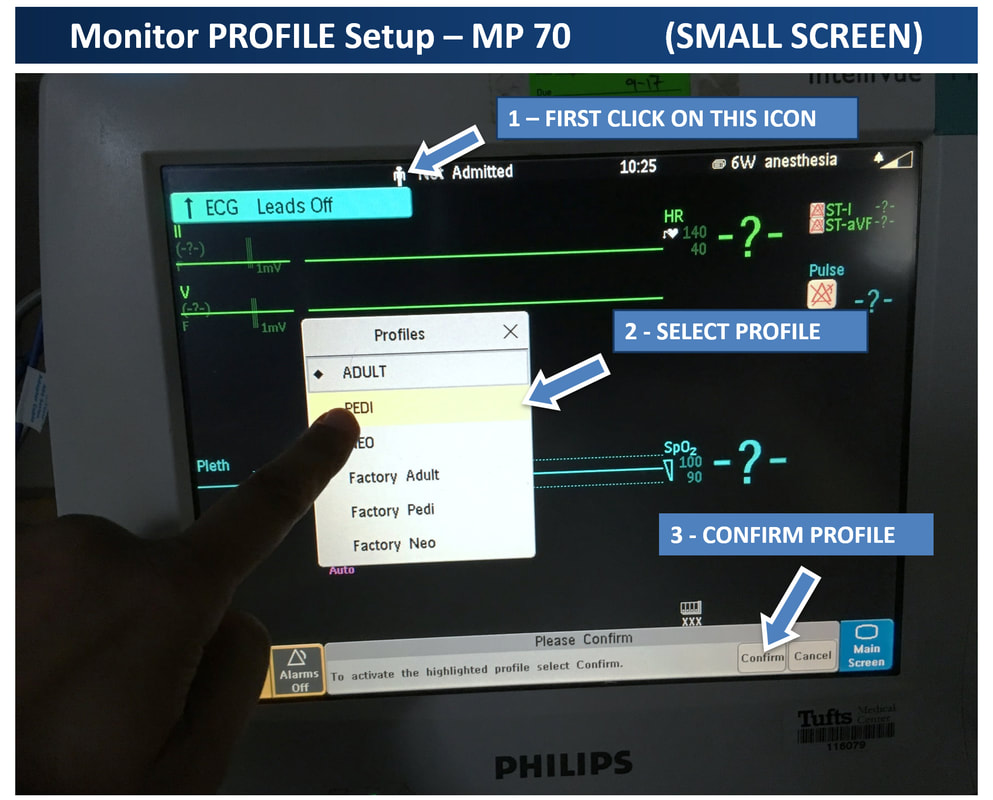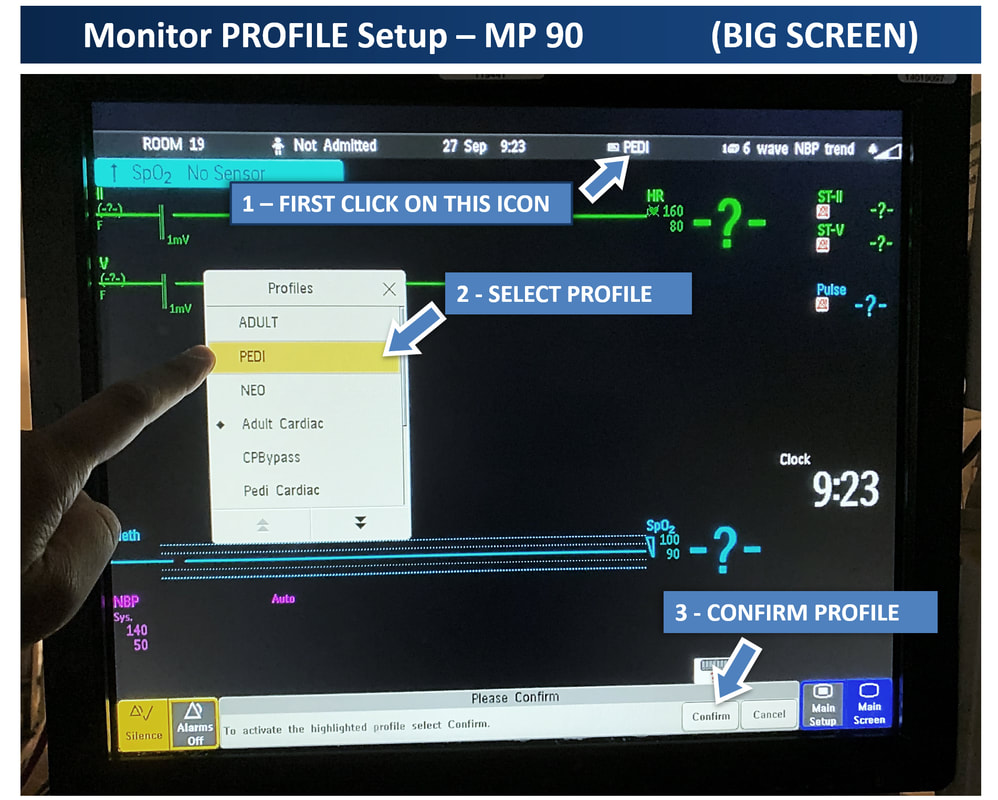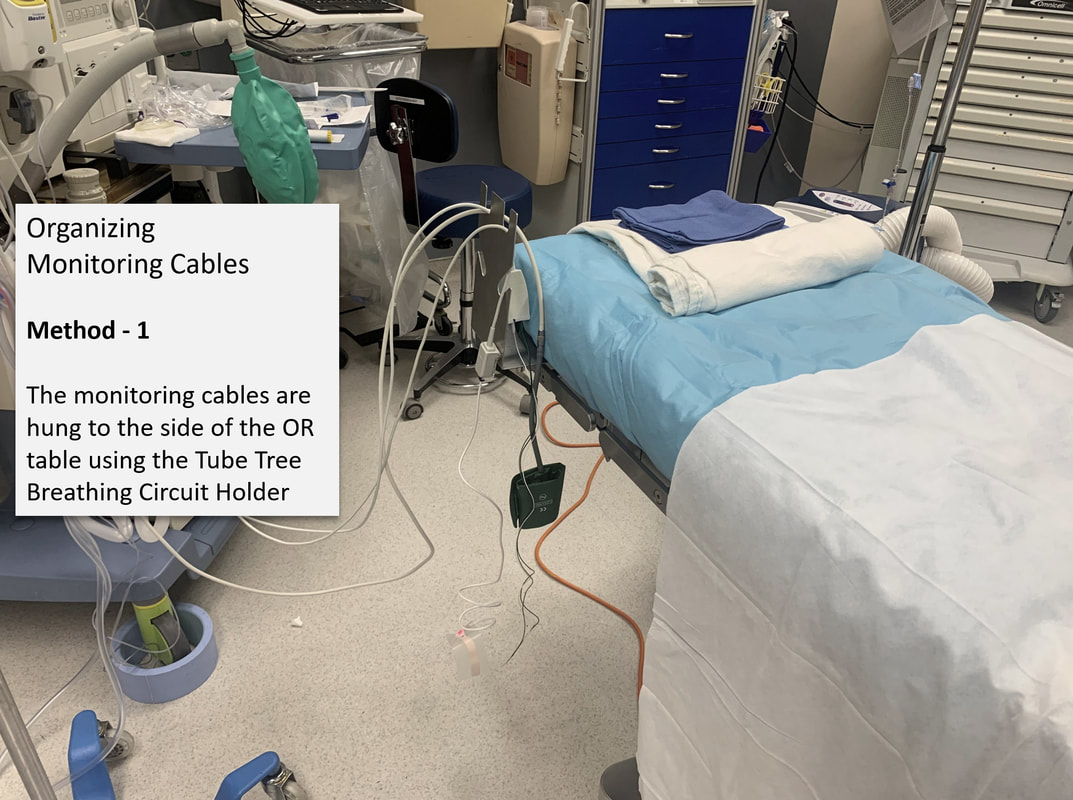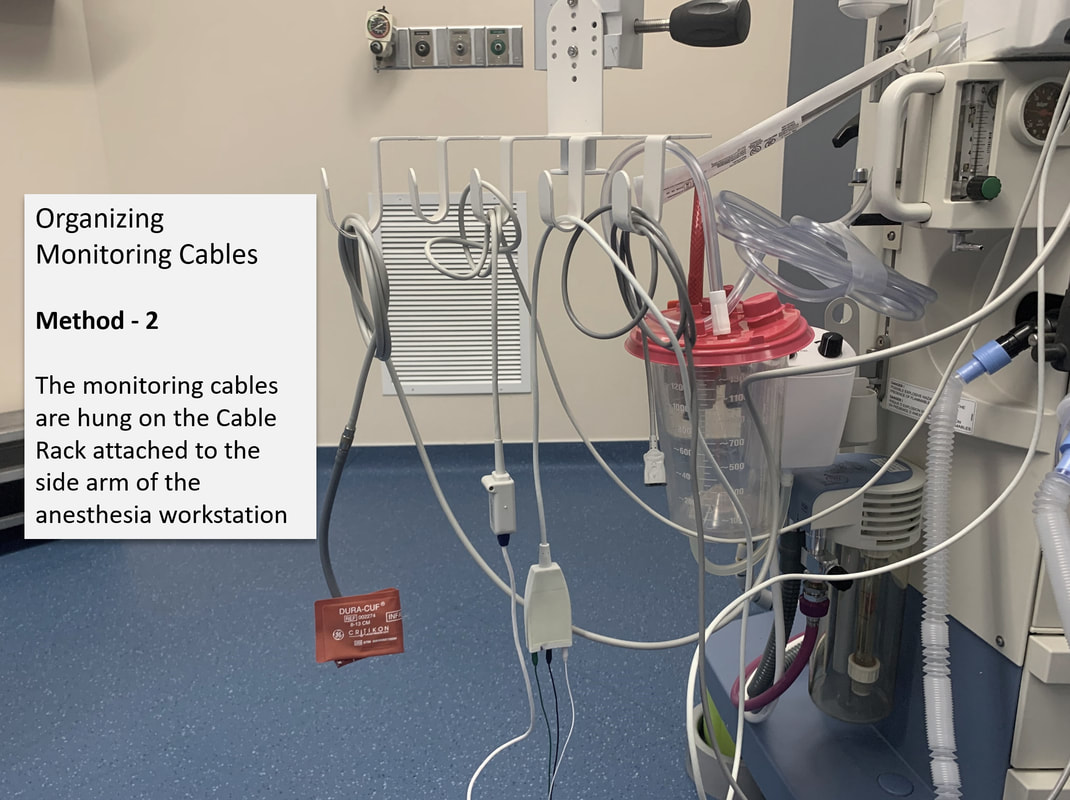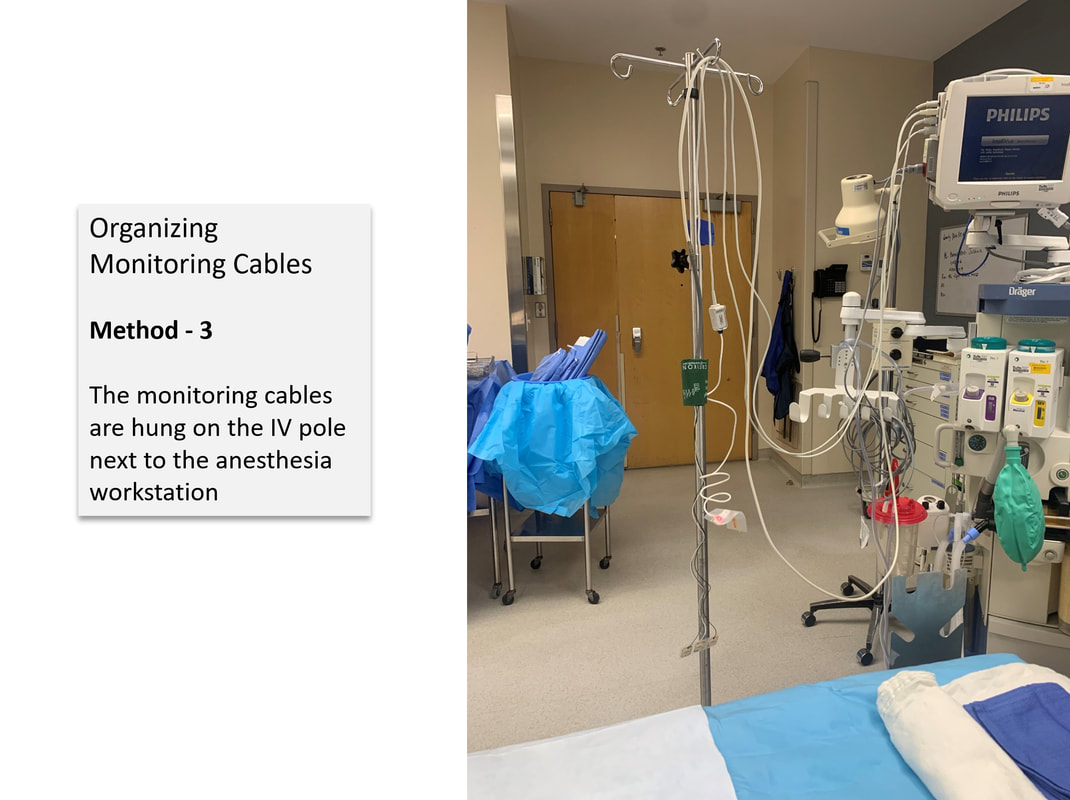
|
|
- HOME
-
General
- About
- Pediatric Anesthesia Fellowship Program
- Pediatric Anesthesia Resident Rotation - Goals and Objectives
- Fellowship Orientation (password required)
- Fellowship Goals and Objectives
- GME Policies (password required)
- Milestones
- Revised Case Logs
- Case Minimums
- Fellow Index Cases
- Pediatric Anesthesia Certification Examination
-
Clinical Information
- What makes Pediatric Anesthesia Different?
-
Pediatric OR Setup HOME
>
- STEP-2 PEDI OR SETUP - BREATHING CIRCUIT
- STEP-3 PEDI OR SETUP - SUCTION
- STEP-4- PEDI OR SETUP - OR TABLE AND PROPS
- STEP-5- PEDI OR SETUP - MONITORS
- STEP-6 PEDI OR SETUP - AIRWAY SETUP
- STEP-7 PEDI OR SETUP - MEDICATION DESKTOP
- STEP-8 PEDI OR SETUP - IV TRAY AND LINE
- STEP-9 PEDI OR SETUP - ACCESSORIES
- STEP-10 PEDI OR SETUP - SUMMARY
- The Pediatric Anesthesia Cart
- Pediatric Normal Parameters and Equipment
- Premedication
- Drug Library
- Standard Drug Dilutions in the Pediatric OR
- Pediatric Airway Management >
- Pediatric IV Insertion Technique
- Perioperative Fluid Therapy >
- Blood Transfusion Therapy >
- Clinical Practice Guidelines
- Single Lung Ventilation (SLV) Techniques
- Regional Anesthesia >
-
PEDI STAT
- PALS ALGORITHMS
- Newborn Resuscitation Algorithm
- PALS Cardiac Arrest
- PALS Tachycardia with a pulse and poor perfusion
- PALS Bradycardia with a pulse and poor perfusion
- Cardioversion / Defibrillation
- Laryngospasm
- EZ-IO Intraosseous Infusion System
- Hyperkalemia
- Anaphylaxis
- Malignant Hyperthermia
- Society for Pediatric Anesthesia - Pedi Crisis® Critical Events Checklist
- Case Primers
- Multimedia Library
- Pediatric Anesthesia Handicraft
- Robert N Reynolds, MD Award
- Disclosure Notice
- COVID-19 RESOURCES
OR SETUP - STEP 5
Change Monitor Profile & Setup Pediatric Monitors
A. Change the Profile on the Monitor
Change the PROFILE on the Philips Monitor to PEDIATRIC OR NEO as appropriate. The PROFILE determines the alarm limits.
B. Setup Monitors and Organize Cables
Pediatric Pulse Oximeters come in two types:
Masimo Pulse Oximeters are particularly useful in neonates and infants as they are more tolerant to motion and low perfusion artifacts. The Masimo Neonatal Adhesive Sensor requires a separate cable which is available with the anesthesia techs in the work-room
Pediatric NIBP Cuffs come in 3 sizes: Infant (orange), Toddler (green) and Older child (Blue)
Neonatal (white) NIBP cuffs come in 4 sizes (1-4). A separate compatible cable is required and stocked in the Anesthesia Work-Room
Pediatric EKG leads come in a 3-lead package labeled as Neonatal EKG Leads. The are color coded (white, black and green). The Green Colored Lead is in fact the Red (Left Leg) Electrode and should therefore get plugged into the center red slot on the EKG connector cable.
- Conventional Pediatric Pulse Oximeters. Probes come in variety of sizes. The most commonly used single use probe is a universal size (Neonate/Adult)
- Masimo Pulse Oximeters
Masimo Pulse Oximeters are particularly useful in neonates and infants as they are more tolerant to motion and low perfusion artifacts. The Masimo Neonatal Adhesive Sensor requires a separate cable which is available with the anesthesia techs in the work-room
Pediatric NIBP Cuffs come in 3 sizes: Infant (orange), Toddler (green) and Older child (Blue)
Neonatal (white) NIBP cuffs come in 4 sizes (1-4). A separate compatible cable is required and stocked in the Anesthesia Work-Room
Pediatric EKG leads come in a 3-lead package labeled as Neonatal EKG Leads. The are color coded (white, black and green). The Green Colored Lead is in fact the Red (Left Leg) Electrode and should therefore get plugged into the center red slot on the EKG connector cable.
Copyright © 2014. Aman Kalra, MD Clinical Professor of Anesthesiology, Department of Anesthesiology and Perioperative Medicine (Author, Illustrator and Web Designer)
800 Washington Street, Box 298, Tufts Medical Center, Boston, MA 02111. USA
800 Washington Street, Box 298, Tufts Medical Center, Boston, MA 02111. USA
LAST UPDATED November 26th, 2023
